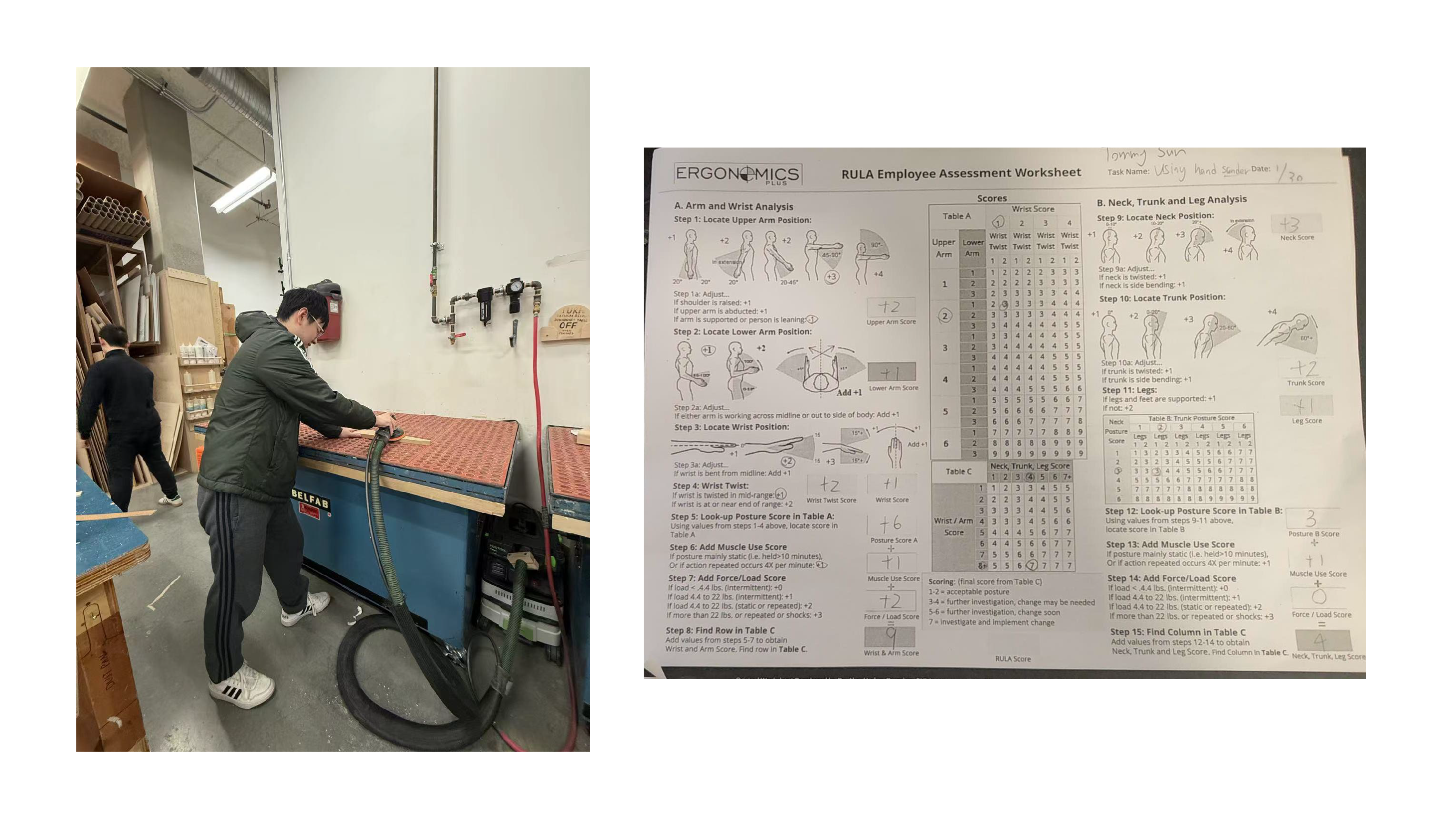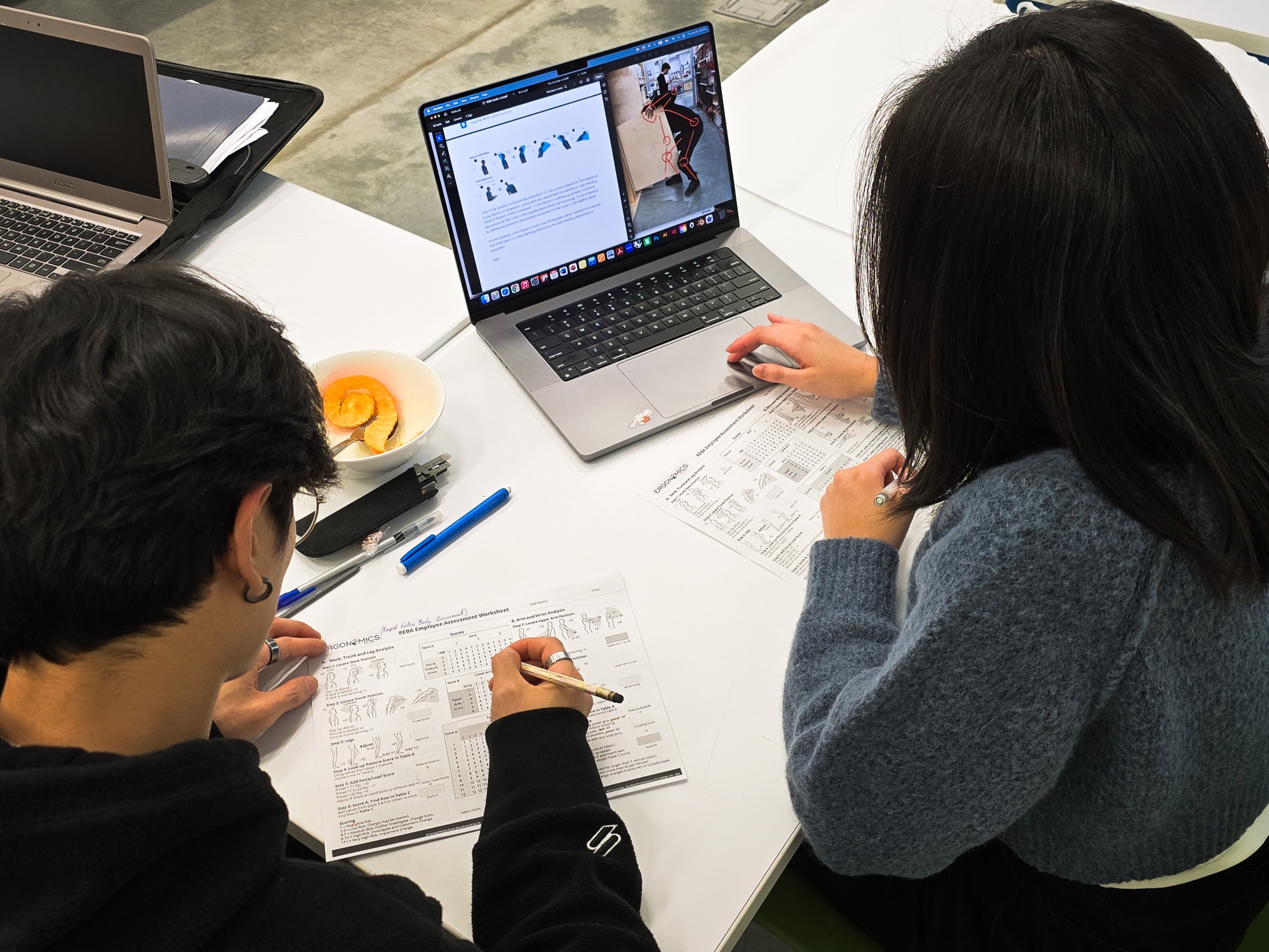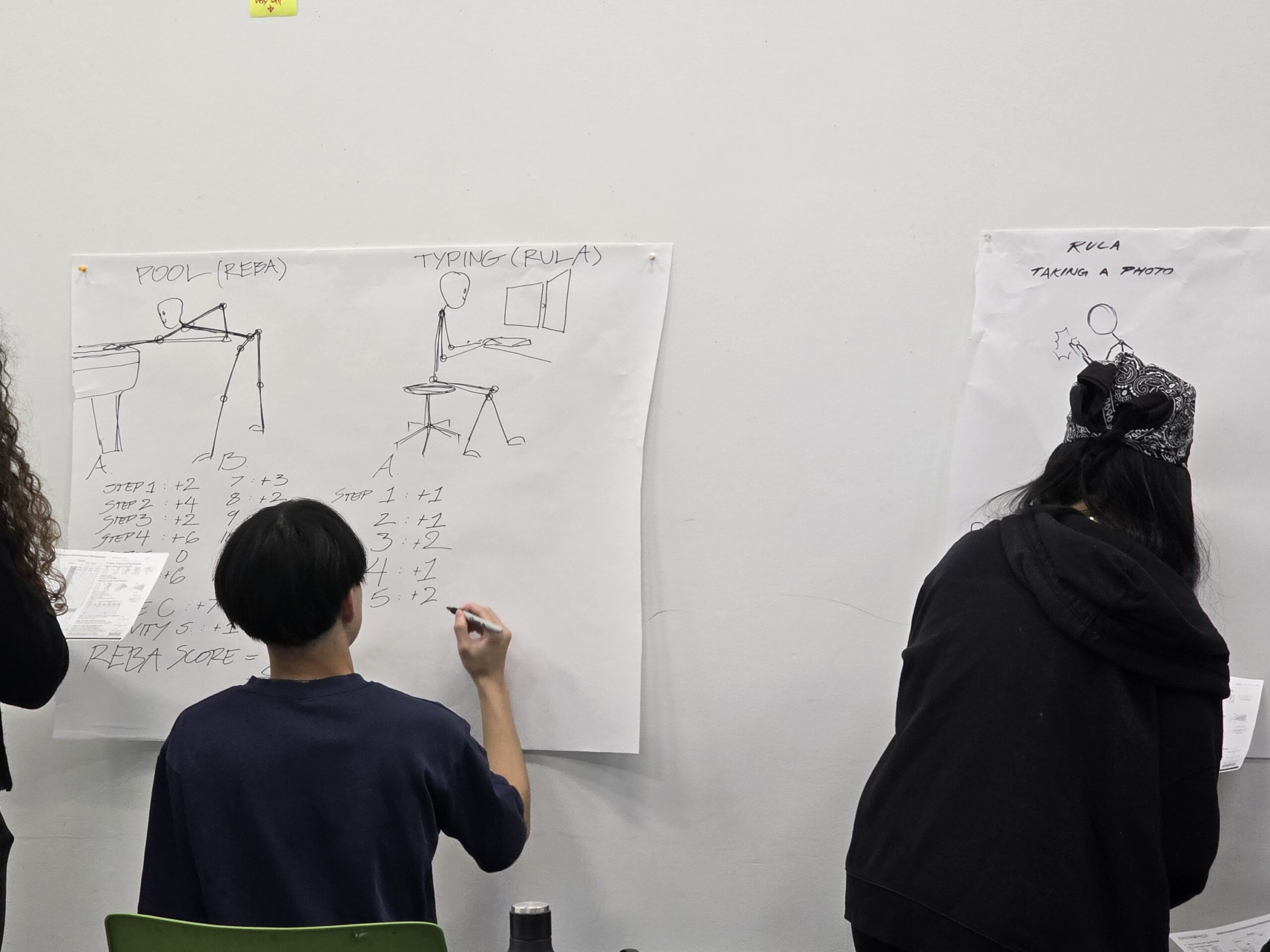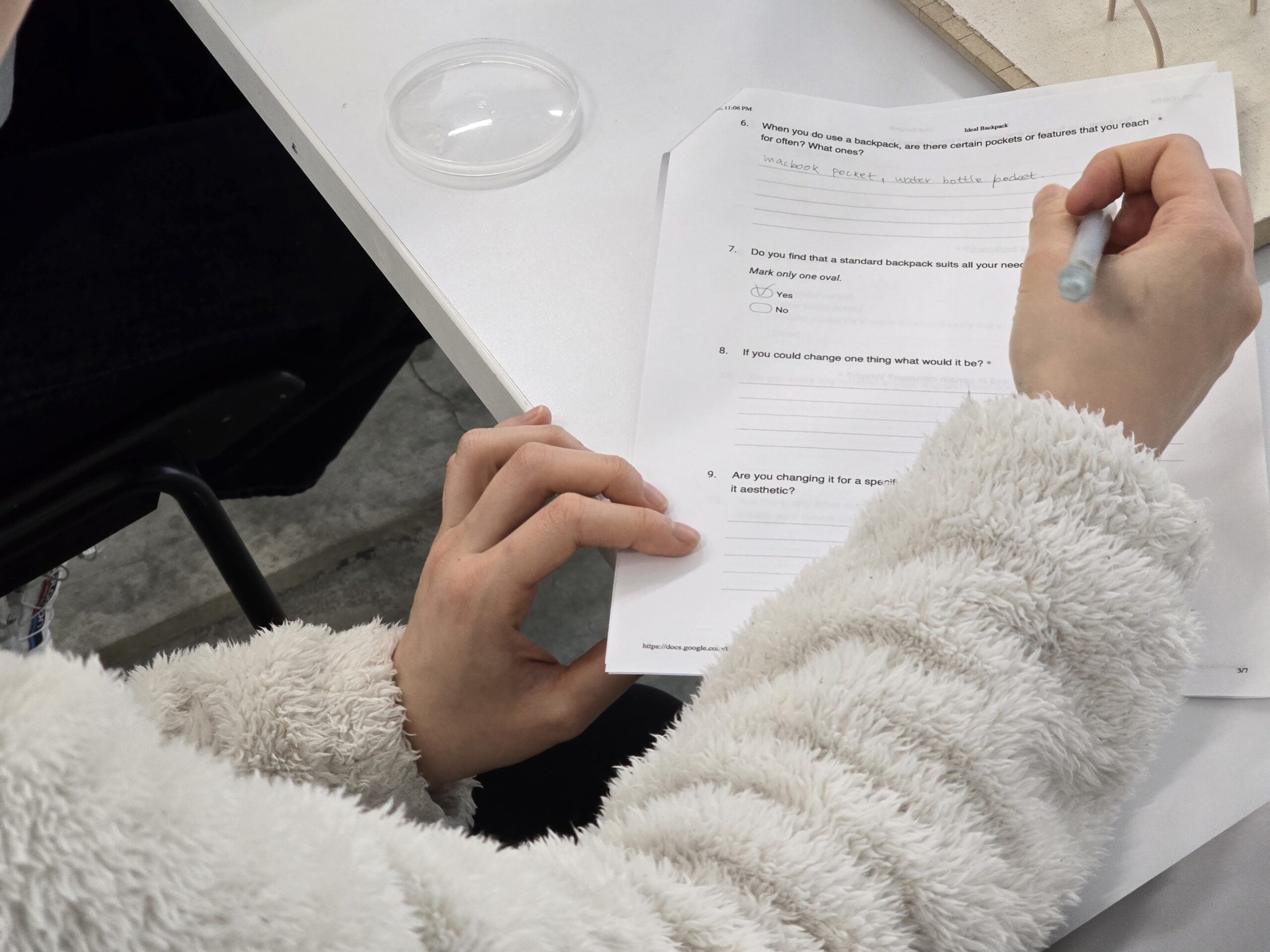INDD 315
Human Fit: Applied Ergonomics
Emily Carr University of Art + Design, CA
COURSE DESCRIPTION
This course supports core studio work in product design and interaction design by providing students with the opportunity to explore the ergonomic credibility and possibilities for their projects. A preliminary introduction to ergonomics methodology and testing protocols is followed by the testing and assessment of individual students' core studio prototype. This course will support a variety of different types of projects in various stages of development, including small skill-building opportunities in the application of ergonomic principles and effective and ethical testing protocols in the first part of the course continuing with focused and additional skills in the second part of the course. Techniques will be taught to assist in all phases of product development with a particular emphasis on effective testing protocols. Products are tested for physical ease of use as well as psychological and cognitive accessibility.
Scavenger Hunt!
At the start of the term, each student was asked to go on a Scavenger Hunt to find certain systems and objects around the campus building that fit the respective categories on the list.
- Signage instructing one to pull/push a door
- Use of symbols in wayfinding that is not a person
- Accessible signage
- Tripping hazard
- Switch with tactile feedback
- Difficult-to-reach switch/interface
- Objects you might scan
- Inclined area for accessibility of mobility-assistive devices
- Control interface requiring more than 2 steps to achieve user objective
- Something with poor user feedback
Experience Mapping + Persona
Students were asked to reflect on the following prompt:
WHAT DOES YOUR ROUTINE LOOK LIKE ON A THURSDAY MORNING COMING TO SCHOOL?
As they are grouped in pairs, they are to interview their partner to get to know each other's morning routine. Following this, they are to create an experience map of their partner's routine and collaborate on making a persona of a student by combining the insights from both of their experience maps.
Ergonomic Assessment
Students were tasked to work in pairs to assess various activities that can be done on campus. These resulted in the use of REBA (Rapid Entire Body Assessment) and RULA (Rapid Upper Limb Assessment).
Ergonomics + Usability Testing
By the latter half of the term, students were tasked to conduct ergonomic assessments and usability tests in-class for their Core Studio Projects, most of which are 4th year graduation projects. Each student was asked to plan, prepare, and execute some form of testing with their peers which would result in design iterations and recommendations for consideration in their projects outside of the course.
Student Works
Get in touch.
Do you have a project or idea in mind? Send me a message.
© Erik Asia 2025. All rights reserved.




































